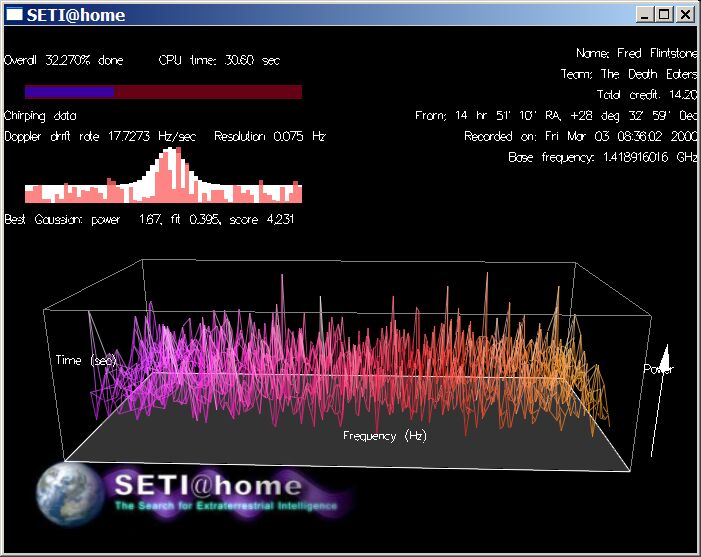By now, you should have learned about the types of distributed computing available, the latest and greatest hardware presently and the benefits of folding for a community. I have shared the knowledge that I have accumulated gradually into a series of short but informative and not too nitty-gritty blog entries. Short and sweet. To the readers who felt persuaded or motivated by my posts, I want to offer my appreciation to you because you were willing to take time to read them even if it didn’t make sense.
I would like to acknowledge and offer advice to a few individuals to those who introduced me to blogging and saw me get to where I am today. First and foremost is Professor Wong, the smiling English teacher who is always happy to see you. I probably spent several hours during the course of the semester talking about random topics rather than the blog itself.
Second, overclock.net members, we, as individuals, may be separated geographically but as long we have a forum to discuss folding, the distance between us means nothing. I make a thread and within minutes, I usually have my answer. To the heavy hitting folders with the dedication and deep pockets to fold nonstop, I want to shake your hand. It’s really awesome, the actual definition, not the overused and cliché meaning if you know what I mean. On a side note, this feels like an acceptance speech for an award of some sort, ha-ha.
Finally, to the lucky students that will enroll in Professor Wong’s class, my advice to you guys is to have fun. The end of a semester will approach before you know it so make the most out of it. Her class is really enjoyable and she’s really lenient and laid back about deadlines although she says it’ll get more challenging next year. I would guess she’s probably bluffing. Kidding aside, even if the class is more difficult, it's still worth it. Think of it as a challenge for the future.
From writing blogs, I realize that I got a lot out this type of writing. It allows the writer to be free of formal essay constraints, and without restrictions on topics and personal style, I was able to flourish and speak my mind. It felt good writing them because there’s an actual audience for you to target instead of an English teacher. Like my professor’s first time assigning blogs in her class and my first time as a novice blogger, I believe we both share a similar idea on it: a learning experience. For me, I didn’t know what the expectations were lengthwise and format wise. Near the end of the class, I realized and knew for a while that a timed on the spot essay does not determine your skills as a writer. From what I’ve been told, I’m a “talented” writer. Hopefully, it’s not all praise and no substance. On a final note, I would like to thank Professor Wong and the responsive members of overclock.net for answering all my questions and concerns, online and offline, hardware or non-hardware related.











